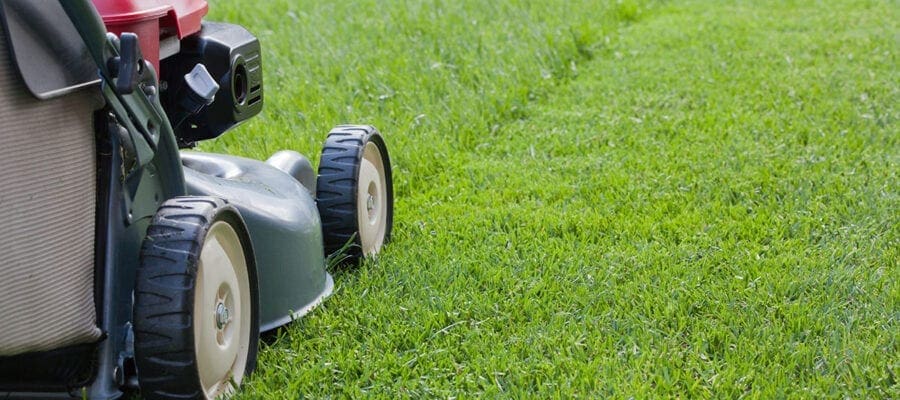You will have been cutting your lawn regularly for some months now, the regular downpours having kept it growing apace.
How did your mower fare? If you are a seasoned gardener, you’ll know the importance of effective maintenance. It may surprise you to learn that lawn mower maintenance doesn’t come as second nature to some gardeners, particularly those new to gardening. Many find out the hard way that the seamlessly smooth runner they returned to the shed last autumn no longer appears to want to move, or if it does, it certainly doesn’t run as smoothly, or cut as sharply.
If only we all appreciated the value of treating our lawn mowers with the same respect as we treat our cars. The fact is, a well-maintained lawn mower may well last longer than a car, so here are some tips for keeping yours in great condition and giving years of good service:
The process of cleaning and servicing your mower should be the same at the start and the finish of the season, with the possible exception of sharpening the blades.
If the blades were sharpened at the end of the last season, this will not be required before you start to cut again.
Stay sharp
Sharp, clean blades will always give the best results, but how they are sharpened (and whether this is a job you can do yourself) depends on the type of mower.
The most common types are cylinder, rotary and hover mowers, but you may be lucky enough to have a ride-on mower. The latter really are best serviced by the professionals. This does not, however, mean that the machine shouldn’t be kept clean between uses.
The cylinder mower is the favoured mower of many serious gardeners and will definitely give the best quality cut, in addition to a striped finish if used correctly in conjunction with a rear roller. Rotary and hover mowers are relatively easy to clean and maintain, having only a single blade, but some find that cleaning the blades of a cylinder mower is quite achievable.
Safety first
No matter what type of mower you have, isolate the power source before you attempt any maintenance.
Unplug electric mowers and remove the spark plug from petrol types. Then you can set about cleaning the blades using a brush to remove loose grass cuttings. Newly mown grass can be easily removed with a paint brush, but for older or dryer grass and debris, use a wire brush. The blades can then be cleaned and dried before applying a lubricant, such as WD40 to coat and protect them from rust.
Once the blades are cleaned and oiled, remove the wheels, if you are able to, and clean them using the same method as with the blades. If you feel that the blades need to be sharpened prior to oiling, you can do this yourself by using a sharpening (or honing) compound. Ensure you perform this task very carefully and always use good quality thick gardening gloves when working anywhere near a mower blade.
Once the blades have been dealt with, the rest of the mower can be cleaned using conventional methods, but make sure it is completely dry before you store it. If your mower has any electric cables, check along the entire length for cuts or exposed wire.
Maintenance is one thing, but despite your best efforts, your lawn mower may still need spare blades, or other parts.
You will almost certainly find that it’s far more cost-effective to replace those parts than to buy a completely new mower.











